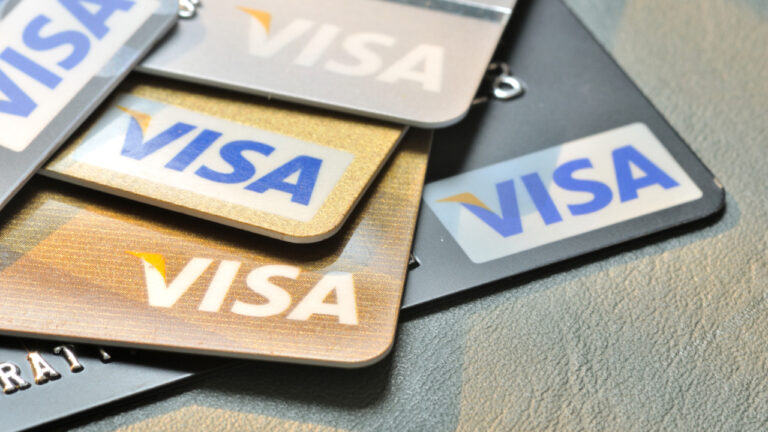What is Friendly Fraud?

At first glance, friendly fraud may seem like a bit of an oxymoron. Indeed, that’s a relevant criticism, and many people in the industry are starting to use the term “first party” fraud instead. In a sense, first party fraud is the better description as this type of fraud is perpetuated by the first party, or more specifically, the cardholder.
Friendly fraud is carried out by a party that may at first seem friendly: meaning a paying customer. The customer will use their card to make a purchase. The transaction, up until this point will have been legitimate, and often the customer is satisfied with their purchase. But then they go ahead and file a chargeback anyway.
Why? With intentional, malicious friendly fraud, filing a chargeback will allow the cardholder to get their money back from the merchant. They may also be able to keep the products or services purchased. From the cardholder’s point of view, they are essentially getting a free product or service.
From the merchant’s point of view, they’re not only losing revenue from the sale but also the products and services rendered. Further, the merchant will also have to pay chargeback fees and their chargeback ratio will rise. If this ratio gets too high, the merchant may be subject to higher processing fees and other penalties. In some cases, the merchant may also be placed in a card network chargeback monitoring program.
The type of friendly fraud discussed so far is malicious and carried out with the intent to defraud the merchant. Some also classify certain non-intentional actions as friendly fraud as well. Some restrict “first party” fraud only to malicious, intentional fraud. Unfortunately, the fluidity of terms can make things more confusing for merchants.
So how could unintentional fraud unfold? Among other things, a cardholder may simply forget about a purchase. If a merchant uses unclear billing descriptors, the cardholder may not recognize the transaction when reviewing their monthly credit and debit card statements. Fearing they were defrauded, the cardholder could ask their bank for a refund.
An Example of Friendly Fraud
To illustrate, let’s say Jane Doe owns a coffee shop: Jane Doe’s Coffee. However, on credit card statements, a different name shows up: Jane Doe’s Holdings. In this case, the cardholder may not recognize who the payment is to and thus might file a chargeback.
In situations of legitimate confusion, the merchant may ultimately win the resulting chargeback dispute. Regardless, their chargeback ratio will rise and they will have to pay chargeback fees. While the cardholder may not have sought to intentionally defraud the merchant, the merchant is still penalized.
What Can Be Done?
It’s crucial for merchants to reduce both malicious and unintentional friendly fraud. Tools like chargeback alerts, which warn of pending chargebacks, provide the merchant a chance to resolve the dispute before the chargeback is filed, thus preventing the chargeback. It also helps to use clear billing descriptors.
With malicious fraud, it’s important to flag and block fraudulent transactions when possible. If a chargeback is filed, the merchant can go through the chargeback representment process to dispute the chargeback. If the merchant wins, they will get to keep the revenue from the sale.
Ultimately, first-party fraud may be a more accurate term than “friendly” fraud. At the end of the day, there’s nothing friendly about fraud and chargebacks can have a huge impact on merchants. Fortunately, ChargebackHelp offers a variety of resources for preventing and fighting fraud.






